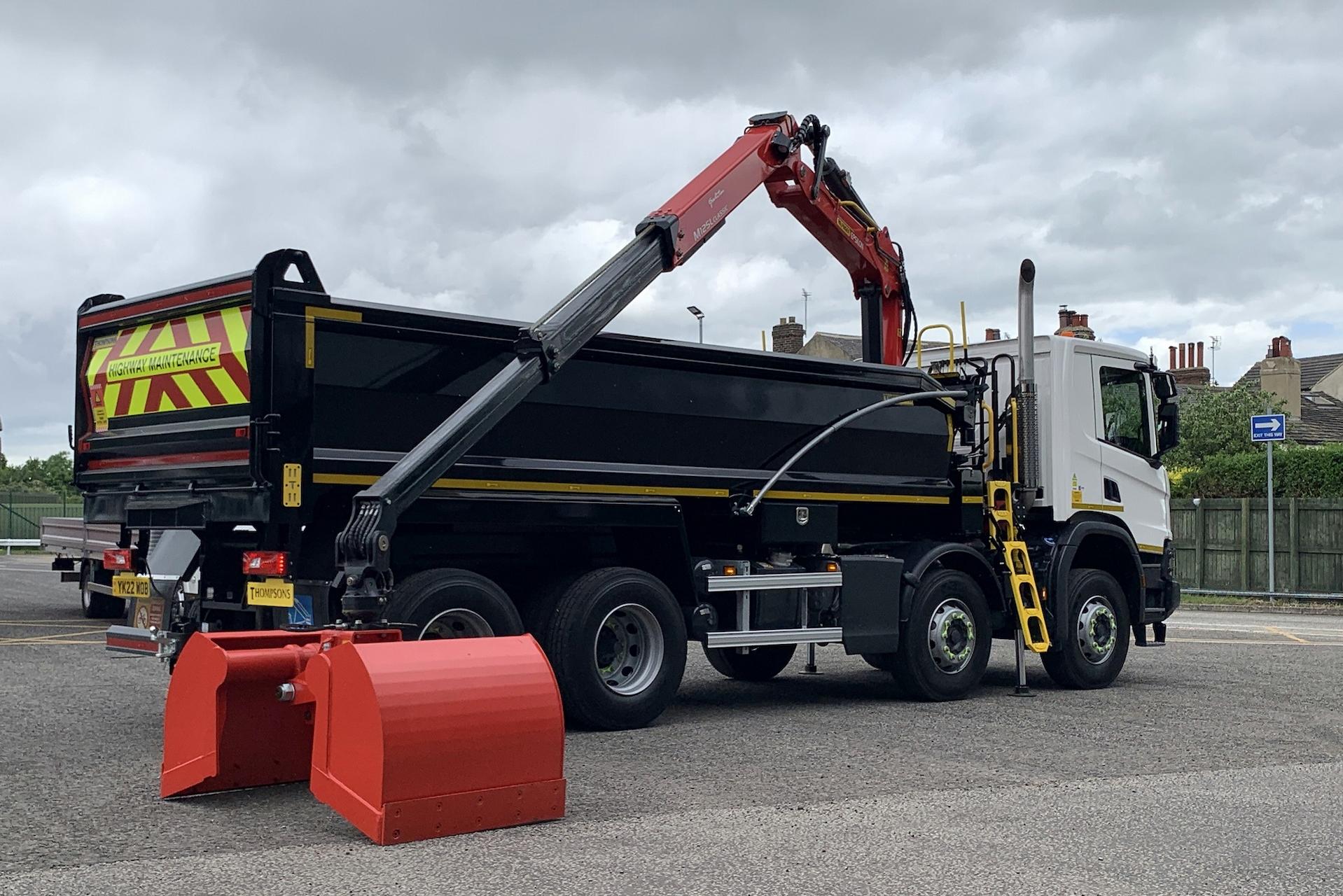Formula One cars of today are extremely sophisticated machines that are engineered to extreme tolerances that provide them with outstanding performance levels. In just five seconds a modern F1 car can accelerated to 100 mph from rest and come to rest again, but raw acceleration and breaking abilities are only a small part of the overall picture; cornering ability is the crucial factor and that is achieved by a combination of balance and aerodynamics; only cars with the most perfect of these are capable of winning a Formula One championship .
Aerodynamics is a crucial element of the sport and millions of pounds are spent every year in attempting to perfect the aerodynamic design. There are two competing needs: increasing the amount of down force which pushes the cars down onto the track surface, which allows it to corner at high speeds; and minimising drag so as to achieve high straight line speeds.
Effectively the cars rely on wings to achieve this. Effectively these work in a similar manner to the wings on an aircraft except in reverse; rather than developing lift they push the car onto the track to such an extent that at speed the car could drive upside down on the roof of a tunnel.
Wings were first used on racing cars in the 1960s and during the 1970s the phenomenon known as ground effect was discovered. Ground effect involved using what was effectively a wing underneath the car which pulled the car onto the track enabling huge amounts of grip to be developed. A low pressure region was maintained under the car by adding skirts however safety considerations resulted in them being banned.
Every track makes different demands on the aerodynamics and different wing profiles are used on different tracks. For slow tracks the cars will make use of high profile wings that maximise down force while high speed track cars will be set up with the minimum amount of wing to cut down on drag and maximise speed.
However aerodynamic considerations involve much more than wings. Every surface of the car over which air flows contributes to the overall aerodynamic performance, for instance if any surface causes air turbulence, then drag is increased and the car is slowed down. Even the suspension struts are aerodynamically engineered.
In 2005 new regulations sought to reduce down force by specifying a raised front wing and modified rear wind and diffuser, however designers were able to compensate for this and speeds were maintained, though many of their innovations were consequently banned.
In 2011 a new system was introduced called drag reduction system of DRS. This allows a driver to change the rear wing under pre-determined conditions so switch from high down force for cornering to low drag for straight line overtaking.



